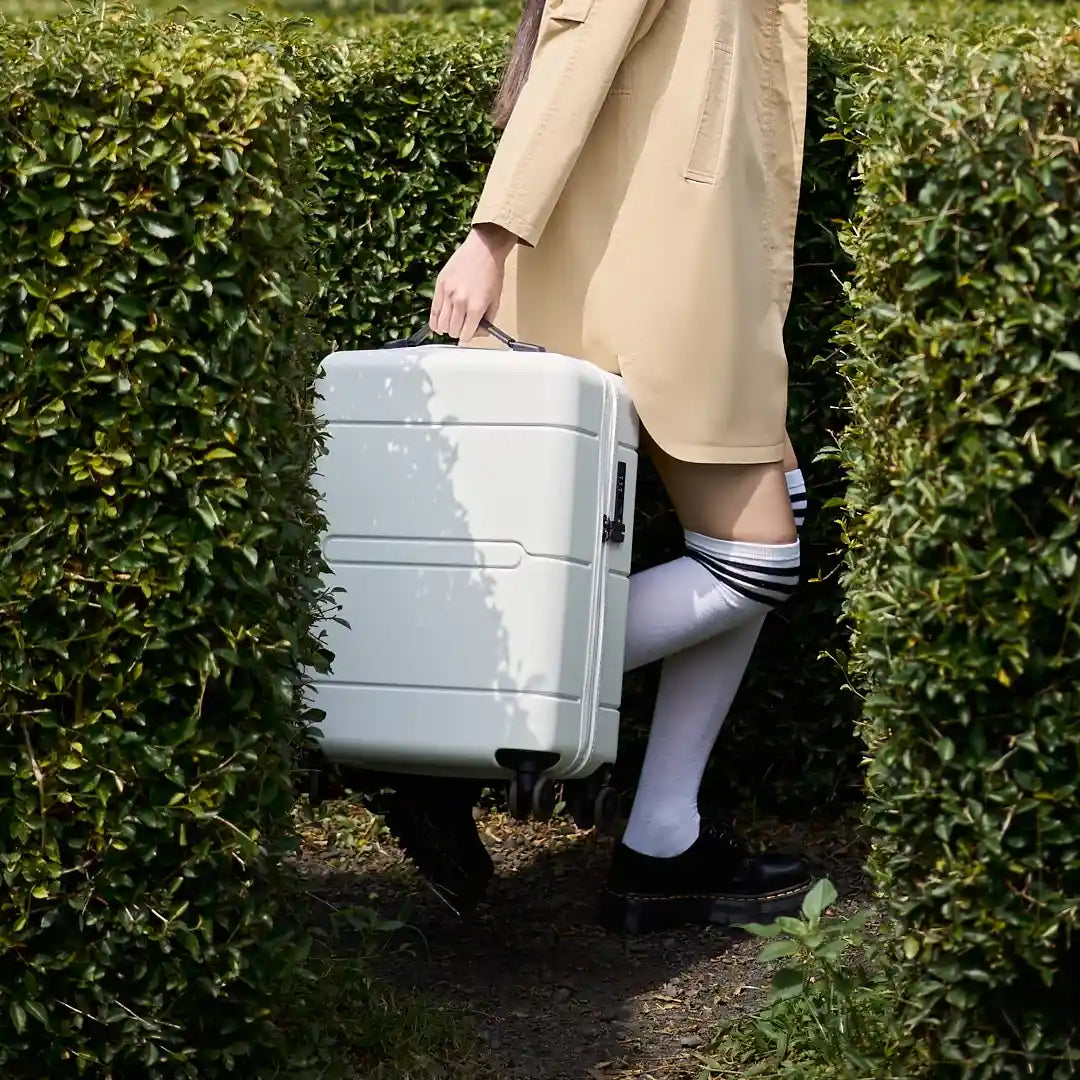Items You Shouldn’t Pack in Checked Baggage

When getting ready for a trip, knowing what you can’t pack is just as important as knowing what you should. Some items aren’t allowed in checked baggage for safety and security reasons including certain liquids, sharp tools, sports equipment, power banks, perfumes, and skincare products. Following these rules helps avoid issues at the airport and ensures a smooth journey. Here's what to leave out of your checked luggage and why.
Explosives and Flammable Substances
Explosives and flammable substances are strictly banned on flights for obvious safety reasons. This includes things like grenades, fireworks, firecrackers, and any item that could explode from heat or impact.
It also covers flammable liquids such as gasoline, kerosene, lighter fluid, and paint thinner, as well as flammable solids like sparklers or flares. Basically, anything that can catch fire or explode should never go in your checked bag.
Electronic cigarettes are allowed in carry-on bags but cannot be used during the flight. Lighters and matches may be allowed if you’re flying from certain countries, but only one per person and only in your carry-on.
Chemicals and Toxic Substances
Chemicals and toxic materials can pose serious health and safety risks, and they’re completely off-limits on commercial flights. These include oxidizing agents like bleach powder and peroxide, radioactive materials, and toxic substances like arsenic, cyanide, and pesticides.
These materials can trigger fires, explosions, or serious health issues, so they’re strictly prohibited in both checked and carry-on baggage.
Guns and Imitation Weapons
According to airlines like Garuda Indonesia, no weapons of any kind are allowed in your carry-on bag. Certain items may be accepted as checked baggage, provided they comply with airline regulations.
Examples of restricted or controlled items include air rifles, animal stun guns (without bullets), bows and arrows, spear guns, pepper spray, imitation or replica weapons, unloaded airsoft guns, slingshots, and toy weapons.
Firearms and ammunition including pistols, rifles, and bullets can only be brought on board if you have special clearance and follow both your departure and destination country’s laws. At check-in, you’ll need to provide documentation, and the firearm must be packed in a locked hard case with the ammunition kept in a separate container.
Sharp Objects and Tools
Sharp items like knives, scissors, axes, swords, or tools like drills and saws are not allowed in carry-ons. If you really need to bring them, wrap them securely and put them in your checked baggage. This helps prevent injury during screening and keeps airport staff safe when handling your luggage.
Sports Equipment
Any kind of sports gear that could be used as a weapon or disrupt the cabin environment isn’t allowed in your carry-on. This includes tennis rackets, golf clubs, baseball bats, fishing rods, kayak paddles, and martial arts equipment like batons or nunchucks.
If you’re traveling with sports equipment, pack it securely in your checked bag. And before you go, double-check your airline’s policy, as some have special rules or size limits for sports gear.
Perfumes and Skincare Products
Airports operated by Angkasa Pura and most international airports follow strict regulations when it comes to carrying liquids, gels, aerosols, and similar items like perfumes or skincare products in your carry-on.
You can only bring containers that hold 100 milliliters or 100 grams or less. Anything larger, even if it’s not full, must be packed in your checked baggage.
All liquid items must fit into a single clear, resealable plastic bag (like a zip-lock). The bag must not exceed 1 liter in capacity, and each passenger is only allowed one. Since liquid restrictions are tightly enforced, especially on international flights, it’s important to know what you can keep in your cabin bag and what needs to go in the hold.
If you’re packing personal care items like toothpaste or moisturizer, make sure you’re using travel-sized versions that meet the 100 ml limit.
Batteries and Electronic Devices
Lithium batteries are found in most electronic devices these days, and they’re a potential fire risk if not packed properly. Power banks and other rechargeable batteries fall into this category too.
Spare lithium batteries must not be placed in checked luggage. You can bring them in your carry-on, but only if they’re in good condition and properly packed. Use the original packaging or cover the battery terminals with tape to prevent short circuits.
If the battery is built into a device, ensure the device is packed securely to prevent it from turning on accidentally. Since airline policies on lithium batteries may vary, it’s best to check with your airline before you travel.
Smart Luggage
Smart luggage is popular for its tech-friendly features like USB chargers, GPS tracking, and self-moving wheels. But many of these bags come with built-in batteries, and that means special rules apply.
If the battery can't be removed, smart luggage isn't allowed on the plane, neither as carry-on nor checked baggage. To avoid any issues, choose smart luggage with a removable battery that complies with airline regulations.
Being aware of what’s not allowed in your checked bag can help you avoid delays, added fees, or even having your items confiscated. Now that you know what to leave out, you can pack more efficiently and travel with peace of mind. Looking for the right suitcase to take on your next trip? Explore our collection of Baller Check-In Medium luggage.











